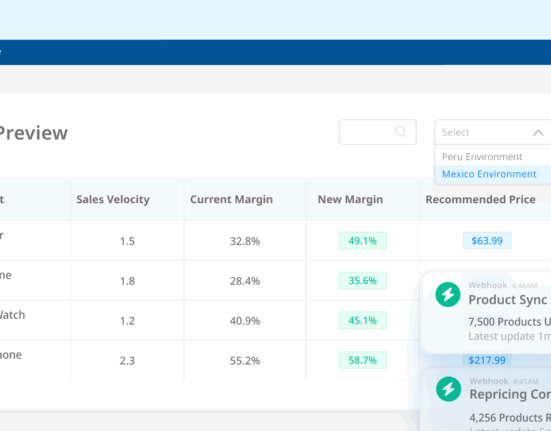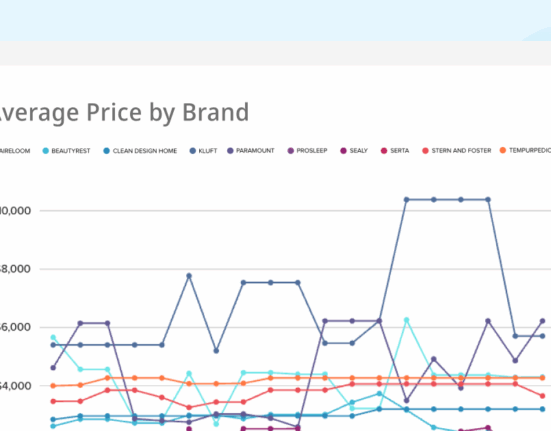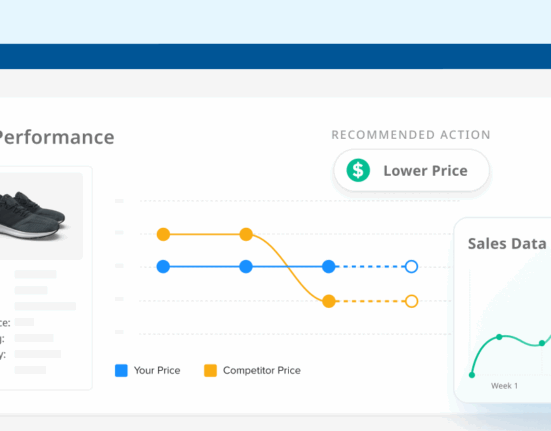Have you developed a core product that requires accessories or add-ons? If so, you’ve got a captive product. A captive product is any accessory product that must be sold in addition to a base product.
As a result, captive product pricing is how you price those core products and accessory products. Here are examples of captive product pricing so you can turn a profit.
Examples of Captive Product Pricing
Can you think of any items that are always sold in a bundle with another product? There are many common examples today, including:
- Razors and razor blades
- Printers and ink cartridges
- Smartphones and wireless plans
Furthermore, captive products can also appear on a larger scale. For instance, a car could be the core product and its replacement parts the captive products, assuming you have to buy parts from the same company that manufactured the car as a whole. Captive products are also created when it’s you who is captive: if you’re at an amusement park, the concessions, fast passes, and more are captive products. Same at an airport, when you pay two or three times as much money for lunch as would outside the airport.
A captive product is any accessory product that must be sold in addition to a base product.
The Captive Product Pricing Strategy
Speaking of paying an arm and a leg at the theme park for a fast pass, the strategy for pricing captive products typically goes like this: A company prices the core product—maybe the base ticket to the theme park—at a relatively low price, even at a loss. Then, the company prices the captive product—the pass that lets you skip the long lines for rides—relatively higher to make up that loss.
In many cases, the core product doesn’t work at all without the accessory. You can’t shave without blades for your razor or print without ink. Odds are the captive product needed must be made by the same brand, ensuring consumers have to buy the add-on.
The concept here is to motivate shoppers to buy the cheaper product because they’re getting a good deal, but then they have to buy more items at a higher cost to make everything work. This strategy can help boost sales, move struggling inventory, or increase margins. The profits are created from captive products, but consumers can’t have those without the others.
Captive Product Selling Strategies
Thankfully, there are plenty of ways to sell captive products. The most simple one is each product separately: core product and accessory product, with the core product priced low and the accessory priced high.
In addition, you’ll also see a strategy where the core product is bundled with the captive one. This type of offer is a great way to get shoppers introduced to the products and how they work together. It also can build brand loyalty if the accessory can be manufactured by different brands, as shoppers are likely to buy the same replacement when needed instead of branching out to something new.
As mentioned before, another strategy is a location-based one, like airports and theme parks. Or, if the products being sold are in a tourist destination, like the beach. Consumers are often willing to spend more when convenience and time trump cost.
Risks with Captive Product Pricing
Don’t forget about the risks associated with this pricing strategy before you dive into captive pricing. Primarily, you have to consider how consumers will view your prices. You can run into public-relations issues if your prices feel predatory or unethical.
Plus, you also need to strike a good balance between the cost of the core product and the accessory product. It can’t be cheaper to buy the core product bundled with the accessory over buying just the accessory alone. For example, new razors often come with one or two replacement blades. Nobody is going to buy the replacement packs on their own if they cost more than this bundle.
When done right, though, captive pricing can drive sales, generate profits, and build brand loyalty—this makes it a viable pricing strategy for any company.










